Seven weird beaches around the world
Digital Reporter
Thursday, December 24, 2015, 9:44 AM - If you live in a part of Canada that's having a record warm December, that may be putting you in the mood for a beach trip.
But while we're sure your local sands are a great place to tan, there are beaches in this world that look like they belong in fantasy or sci fi.
Here are seven that caught our fancy.
The Maldives
It’s common enough on remote islands to just kick back and look at the stars twinkling overhead, but in the Maldives in particular, the stellar light show seems to be between your toes.
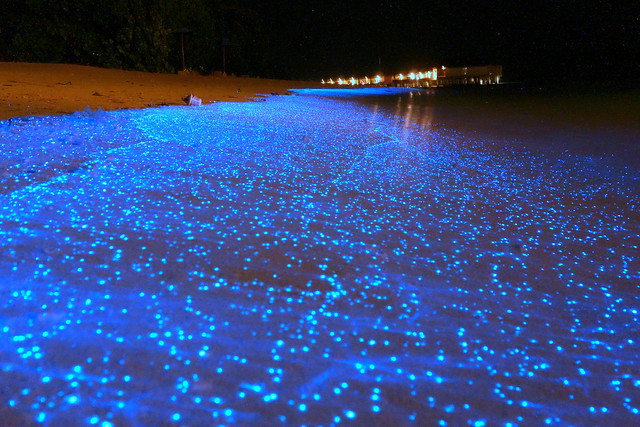
Photographer Will Ho’s shots of the luminous blue beaches of Vaadhoo Island in the Maldives went viral back in 2012, but the shimmering phenomenon isn’t unique to that archipelago and, contrary to appearances, it's not displaced stardust.
There’s a couple of explanations, the most common being phytoplankton: Microscopic organisms that produce their own light through a process of bioluminescence, especially when jostled by waves or tourists’ sandals.
Another explanation, according to the Huffington Post, is that the little beings are actually ostracod crustaceans, whose similarly-coloured lights last for longer than phytoplankton, and who experience periodic die-offs in the Maldives.
Whichever it is, it offers visitors a night-time stroll experience that would be hard to match elsewhere.
Papakolea Beach, Hawaii
A long and ongoing history of volcanic activity will do things to a landscape, and it needn’t all be destructive.
With some patience and an exploratory spirit, you’ll find yourself with the green sands of Papakolea Beach on Hawaii’s Big Island between your toes.

"Papakolea snapshot" by jonny-mt - Own work. Licensed under CC BY 3.0 via Commons.
It’s absolutely sand, made up mostly of olivine crystals, a phosphate by-product of the area’s volcanic past.
The beach actually sits on the edge of what is technically the cone of a volcano that erupted 50,000 years prior. Over the eons, the sea cut through the cone wall, forming the bay.
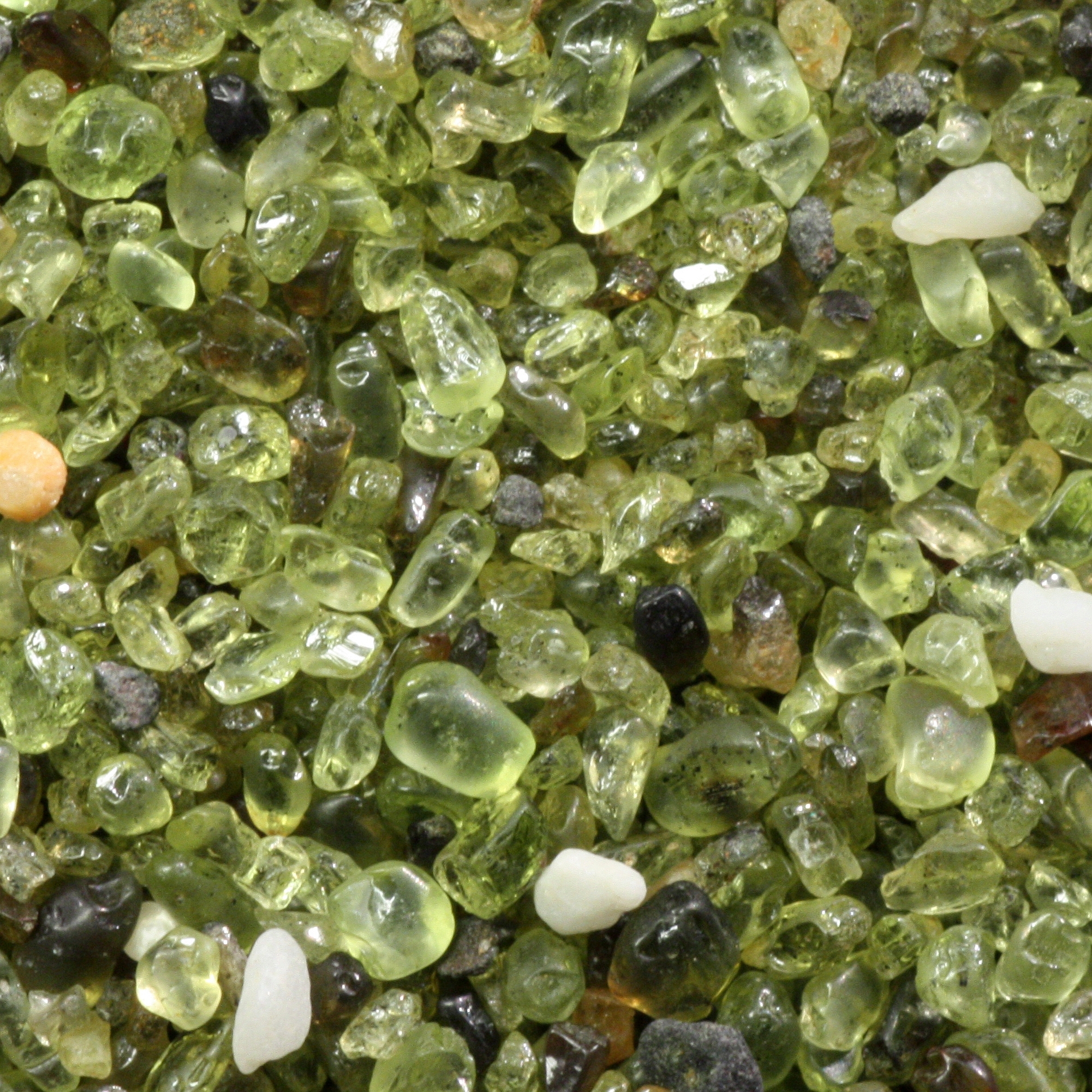
"Olivine sand from Hawaii Island" by Siim Sepp - Own work. Licensed under CC BY-SA 3.0 via Wikimedia Commons.
It’s a bit of a trek to get over there, but it looks like it's worth it. Just watch the waves, as the ocean currents are supposedly quite strong.
Harbour Island, Bahamas
The various resorts on Harbour Island in the Bahamas won’t have to make the hard sell to convince you to tread upon the island’s kilometres of pink sandy seaside.
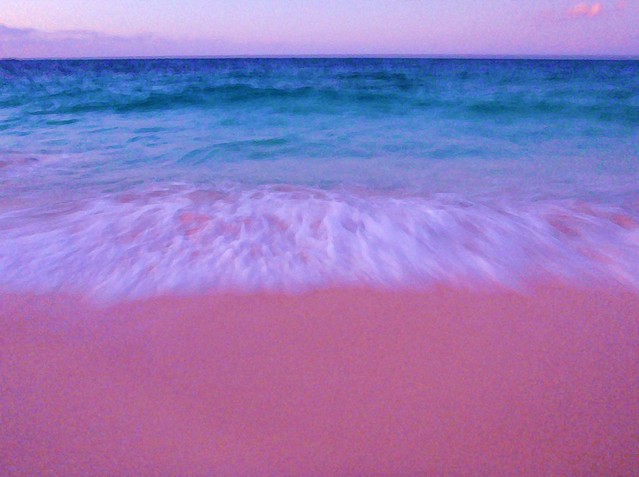
Washed by the warm, calm seas of the Caribbean, its famous shade isn’t a garish hot pink, but a subtle hue that enhances the paradisaical surroundings.
That pink colour comes from countless millions of micro-organisms called foraminifera. They’re abundant in those seas, feeding and living beneath rocks, in undersea caves, on the sea floor and elsewhere.
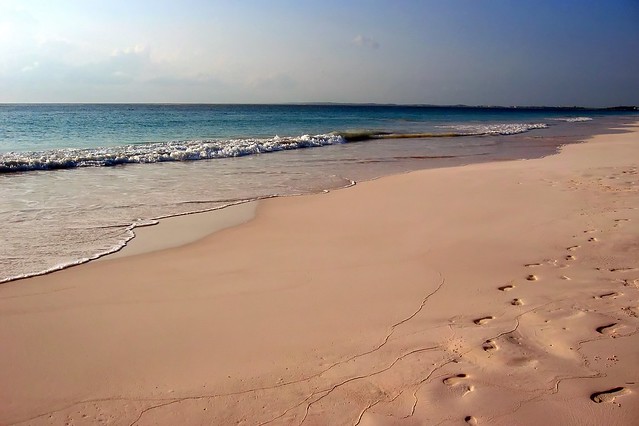
Over the millennia, they became dislodged, and gradually washed up to form the beach. They decayed, and their shells endured through the ages to make up a pretty nice looking Caribbean holiday destination.
Jökulsárlón, Iceland
Iceland is enough of a rugged fairy tale to guest star as the background is several shows and films, but the beach at the lagoon of Jökulsárlón are its own shade of unique.
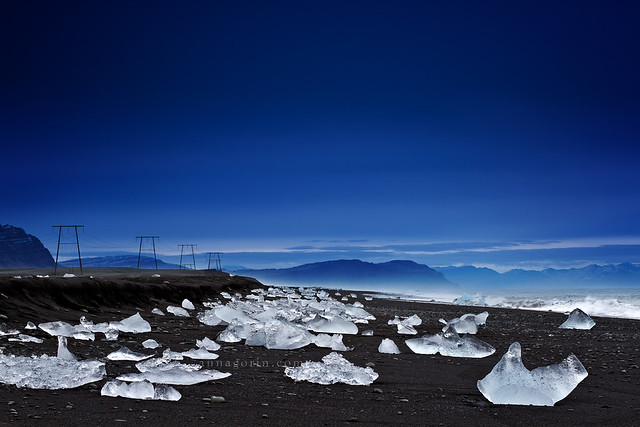
Like many places in Iceland, the sands of the lagoon, fed by the nearby Breiðamerkurjökull glacier, are a volcanic black, but what sets the place apart are the icebergs.
The glacial lake has an outlet to the sea, which flows in at high tide. It’s an escape for icebergs from the glacier, but not all of them make it to the open ocean. Some wash onto the sea coast nearby, or the lagoon's shores.
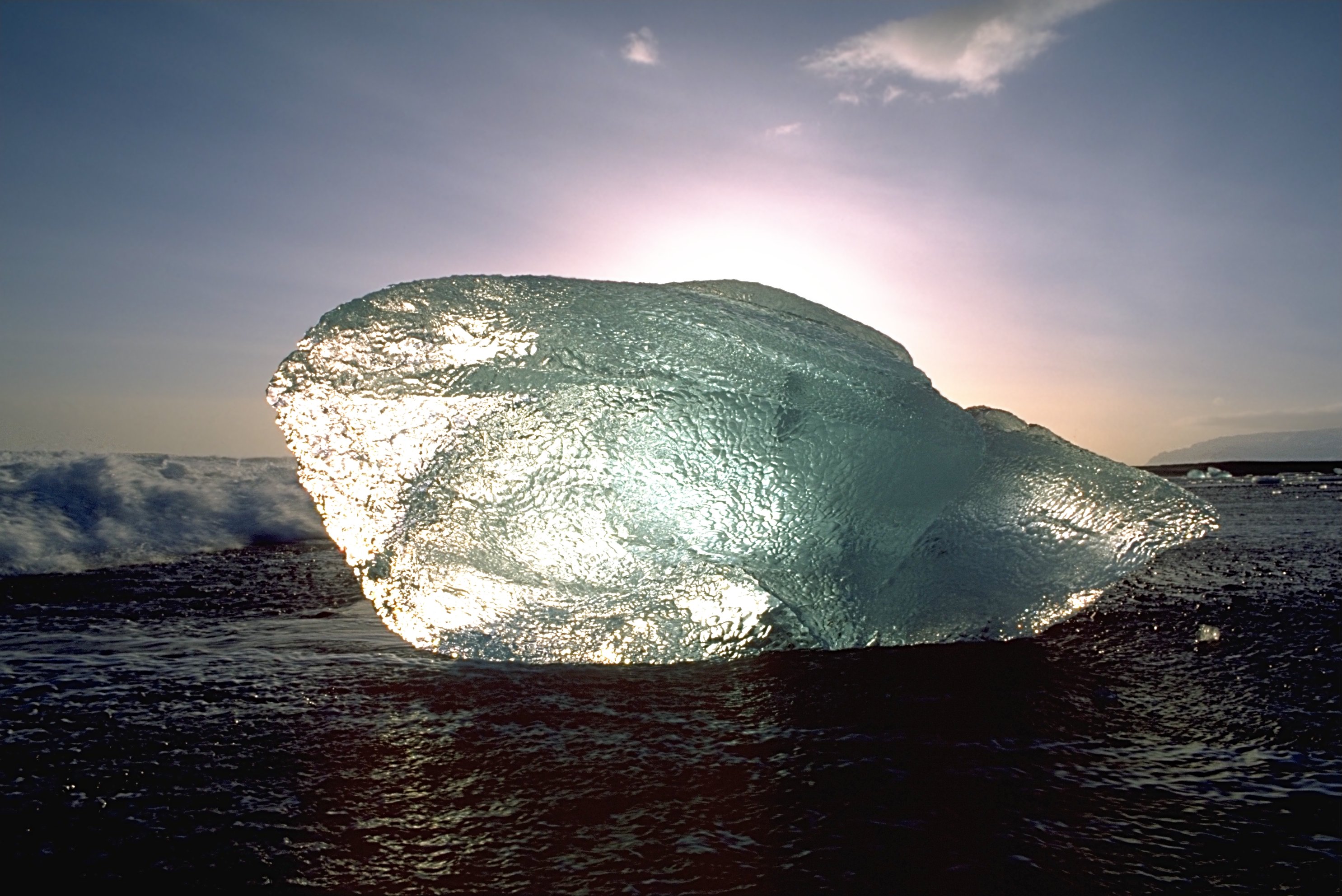
"IceBlockNearJoekullsarlon" by Andreas Tille - Own work. Licensed under CC BY-SA 4.0 via Commons.
The result is fields of old ice, of every kind. Clear, clouded, jagged, smooth, all clustered along the black shore.
Rábida Island, The Galapagos
Like Hawaii and Iceland, the remote Galapagos Islands have a volcanic past (including one spectacular-looking eruption in 2015), and one attractive side effect are the red sands of Rábida Island.
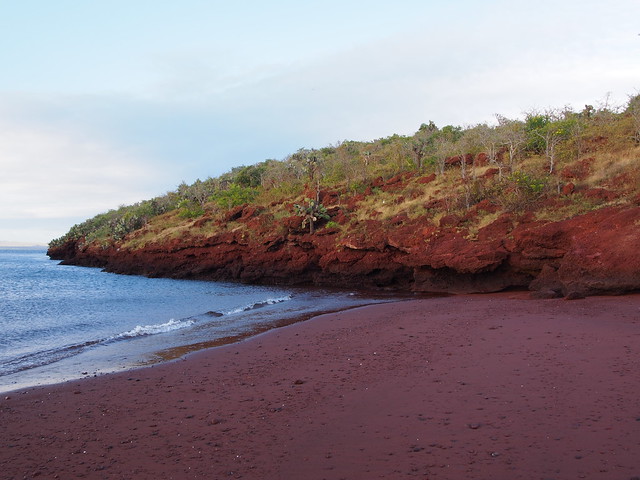
High iron content in the soil is responsible for that deep red hue, although some sources say coral may be the explanation.
Whatever it is, tourists arriving on the shores will find your typical Galapagos paradise, uninhabited by humans but thronged with animals.
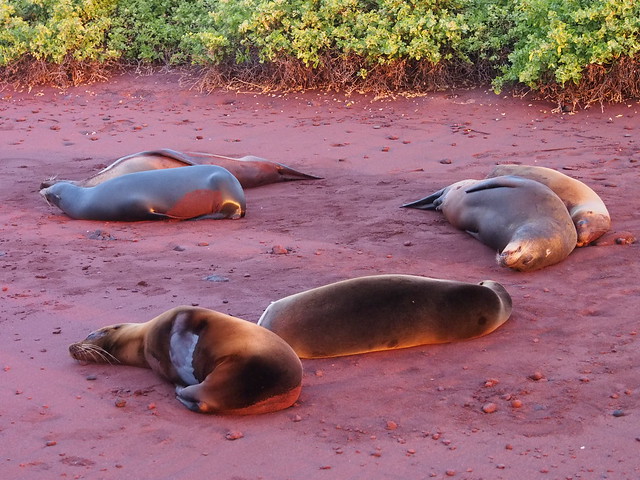
It’s not uncommon to find a gang of seals snoozing on the shores, and most will apparently allow photographers to come quite close, provided you don’t push your luck.
It’s teeming with other exotic wildlife, like iguanas, pelicans, finches and, for the especially lucky, flamingos flocking to the nearby saltwater lagoon.

Anyone wanting to follow in Darwin’s footsteps will find plenty to divert them on Rábida Island.
Pfeiffer Beach, California
Like others on this list, Pfeiffer Beach in California is a reward for the determined explorer, not just for its rugged beauty, but also for the purple sands that have made it famous.
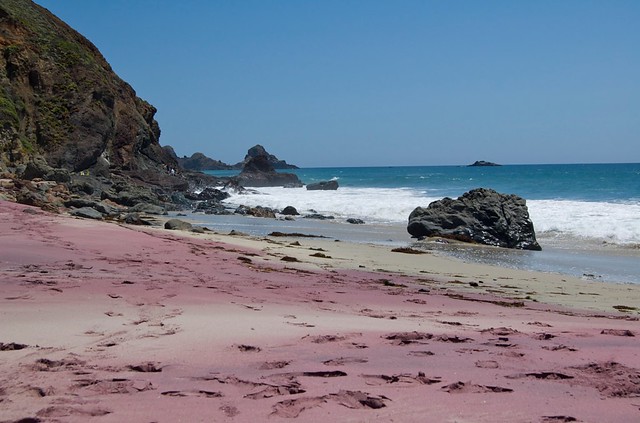
Unlike others on this list, the odd colour only occurs in patches here and there, rather than being a solid shade. It comes from minerals in the hills being gradually eroded, so the amount of purple depends on how much has been washed down to the sea, and in what concentration.
The purple itself is manganese garnet, although some sources we’ve seen say the concentration can vary the colour, sometimes seeming pinker, other times more green.
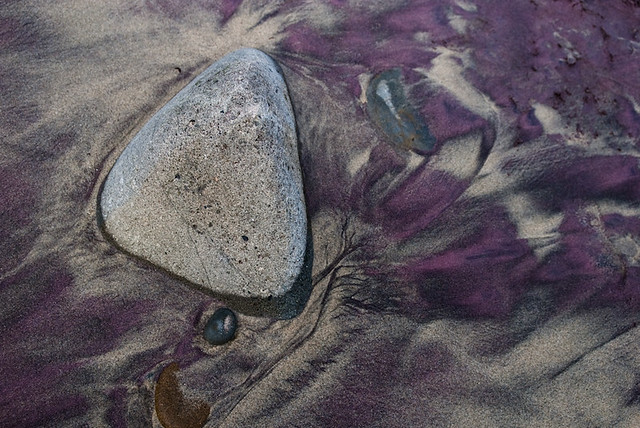
It’s not exactly easy to get to. The name Pfeiffer comes from one of the early settler families, so it’s borne by many landmarks, and Pfeiffer Beach itself isn’t well indicated by signage, according to travel blogs we’ve seen.
But if you know the exact location of the turn off, it’s just a couple of kilometres to paradise.
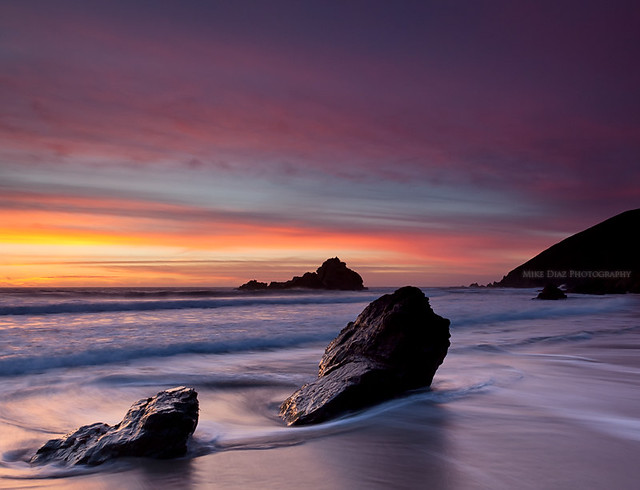
Moeraki Boulders, New Zealand
Even if you’re not on Game of Thrones, we’re sure you wouldn’t say no to owning a dragon.
Fancifully speaking, you’ll find plenty of dragon eggs among the Moeraki Boulders of New Zealand’s Otago Coast.
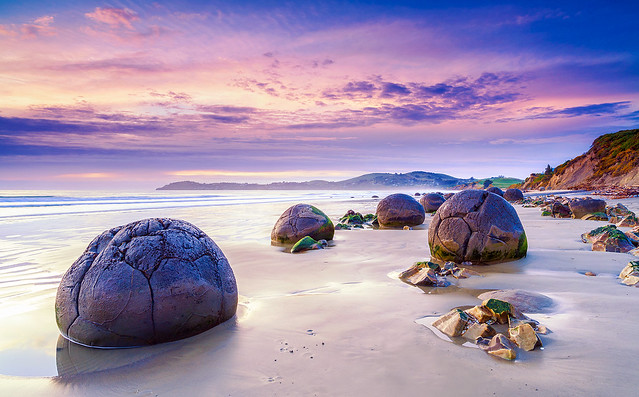
You’ll have to be patient for them to hatch, though. They date from around 60-65 million years ago (at the tail end of the age of dinosaurs), and they took several million years to form.
The boulders are described as concretions of calcium and carbonate, formed around charged particles like a pearl around a grain of sand.

Though they began life on the sea floor, they were raised up over millions of years. Now the elements have cut away the surrounding mudstone, leaving the boulders increasingly exposed.
If you’re looking for a more legendary explanation, New Zealand’s Maori people say they are gourds left over from a legendary voyager canoe that reached New Zealand hundreds of years ago.
And they’re enormous, with some as much as three metres across, weighing several tons.
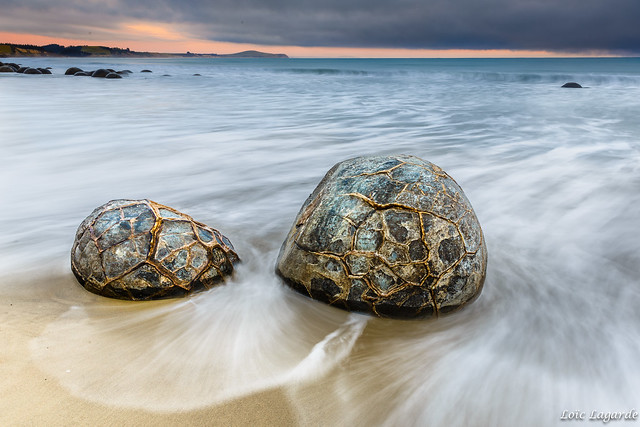
They’re relatively easy to get to (not far from the road following the east coast of New Zealand’s South Island, north of Dunedin), and they seem to be a joy to photograph.
BONUS: The beach where jet planes whiz over the heads of beachgoers
SOURCES: Huffington Post | National Geographic | Big Island Hikes | Green Sand Beach Hawaii | Travel Channel | Harbour Island Guide | Ice Lagoon | Zigzag on Earth | Ecoventura | Galapagos Islands Tour Guide | Discover Central California | See Monterrey | Moeraki Boulders | NewZealand.com



